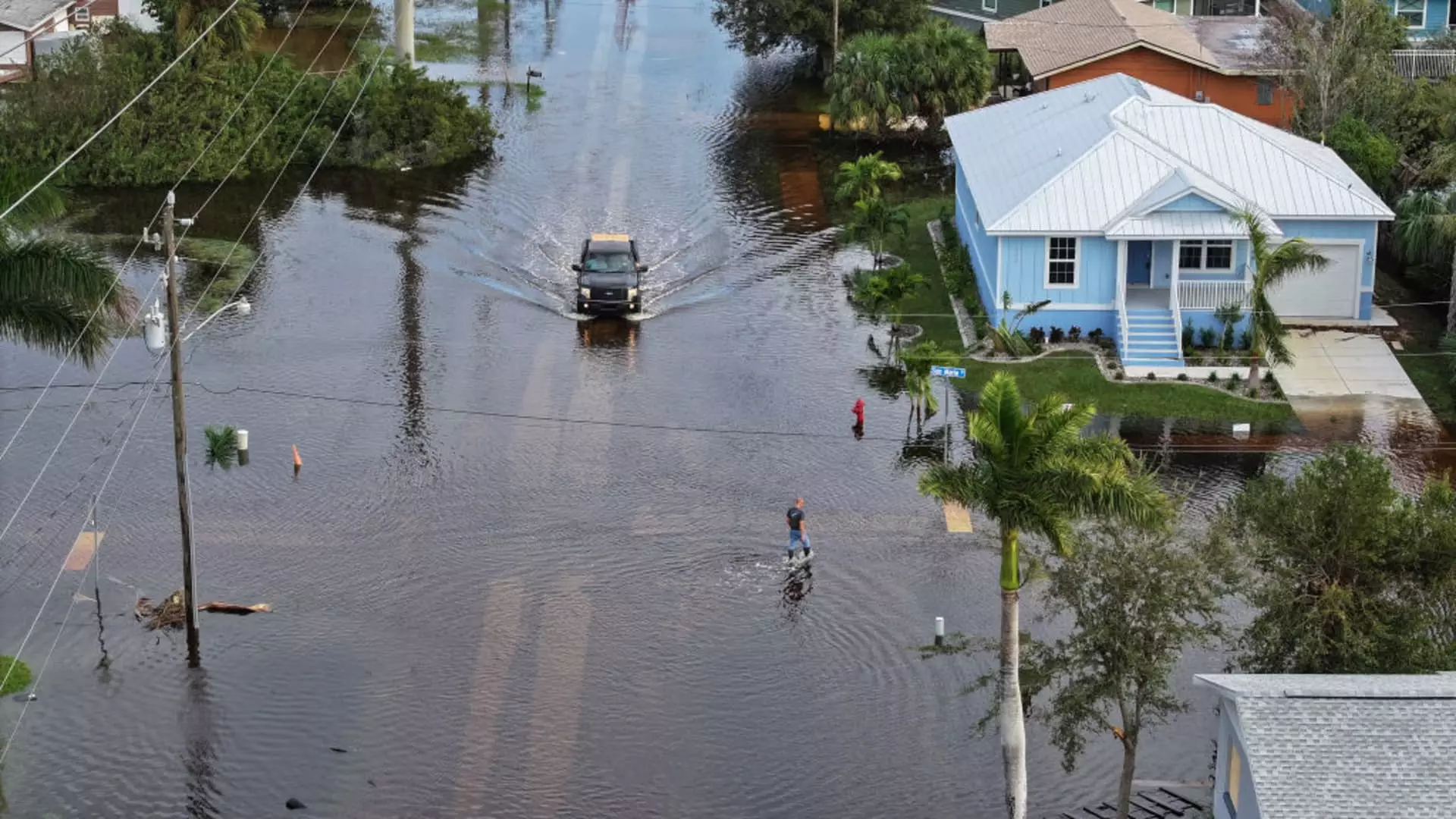As we embark on yet another hurricane season, it’s time to face an unsettling reality: the chaos and destruction that madly swirling winds and torrential rains can bring. The National Oceanic and Atmospheric Administration (NOAA) has issued stark warnings, projecting a staggering 60% chance of heightened hurricane activity this year. With predictions estimating 13 to 19 named storms—6 to 10 of which may escalate to hurricanes—it’s clear that homeowners must move beyond mere awareness and take decisive action now. Delaying a thorough review of your homeowners’ insurance could be a perilous gamble, especially when the stakes are so high.
Last year’s hurricane season inflicted a cataclysmic $500 billion in damages and economic losses, marking it as one of the most devastating in recorded history. These numbers should act as a wake-up call. Our homes, often our most significant financial investments, require diligent preparation and protection against nature’s wrath. This isn’t just about survival; it’s a matter of personal responsibility—we must do everything in our power to mitigate risks both to lives and property.
Understanding Your Insurance Policy: A Critical Assessment
The first and most critical step in hurricane preparedness is scrutinizing your homeowners’ insurance policy. It is mind-boggling how many individuals operate under the false assumption that their basic policies are sufficient. According to Charles Nyce, a professor of risk management and insurance at Florida State University, this perception can lead to devastating financial consequences in the event of a disaster.
Before the storm hits, homeowners must understand the value of their property and ensure their coverage reflects current rebuilding costs. To illustrate this point, consider a 2,000-square-foot home in an area where construction costs run about $250 per square foot; the policy should ideally cover a limit of $500,000. Failing to regularly update these figures puts you at serious risk of being underinsured. Burgeoning construction costs—from labor to materials—have skyrocketed recently, with estimates indicating increases of over 36% and 42%, respectively. This isn’t merely an administrative oversight; it could mean the difference between a complete reconstruction and a financial disaster.
Should You Raise Your Deductibles? A Calculated Risk
Changing your deductible can feel counterintuitive, particularly when many believe that lowering immediate monthly premiums is the key to financial sanity. However, this view lacks depth. It’s imperative to evaluate your current deductible against potential out-of-pocket costs that could arise in the wake of damage. A $1,000 deductible versus a $2,500 one may save you a reasonable 12% on your premium, but can you comfortably absorb that increased financial burden if a disaster does strike?
But the complications don’t stop there. Consider the implications of hazard-specific provisions, including the aggravating wind deductible that usually applies during hurricanes. This deductible is often a percentage of your property value and can cause significant out-of-pocket expenses when you need support the most. If a homeowner has a 2% wind deductible on a $500,000 house, they stand to pay $10,000 for wind damage. That’s a staggering number because it often comes right when one is facing the financial aftermath of a catastrophe. Exercising caution in determining deductibles is not just wise; it’s essential.
Flood Insurance: Why It’s a Non-Negotiable
Broadly speaking, many individuals falsely assume that their homeowners’ insurance will cover all aspects of potential flooding damage. Statistically, flooding is responsible for 90% of disaster-related damages in the United States, yet many homeowners remain woefully underprepared. Flood insurance through the National Flood Insurance Program (NFIP) is an absolute must-have, even if you don’t live in a traditionally flood-prone area. The statistics surrounding coverage are staggering; during Hurricane Helene, in Asheville, North Carolina, less than 1% of households were covered by NFIP. That alone is an indictment of our collective negligence.
Furthermore, it’s imperative not to leave the acquisition of flood insurance until the last minute; a 30-day waiting period often accompanies new policies. Believe me, when a storm is looming on the horizon, the last thing you want is the anxiety of inadequate insurance coverage. The NFIP generally provides up to $250,000 in property damage coverage and $100,000 for contents. For those in danger of exceeding those coverages, seeking private insurers for additional flood insurance should be a priority.
By acting decisively and reviewing your insurance policies now, you are not merely being reactive; you are exercising prudent leadership over your financial security. In turbulent times, foresight is your best ally, and prepared homeowners are the ones who will weather the storm intact. Don’t underestimate the power of being proactive. Identifying potential vulnerabilities today could save you from insurmountable losses tomorrow.

